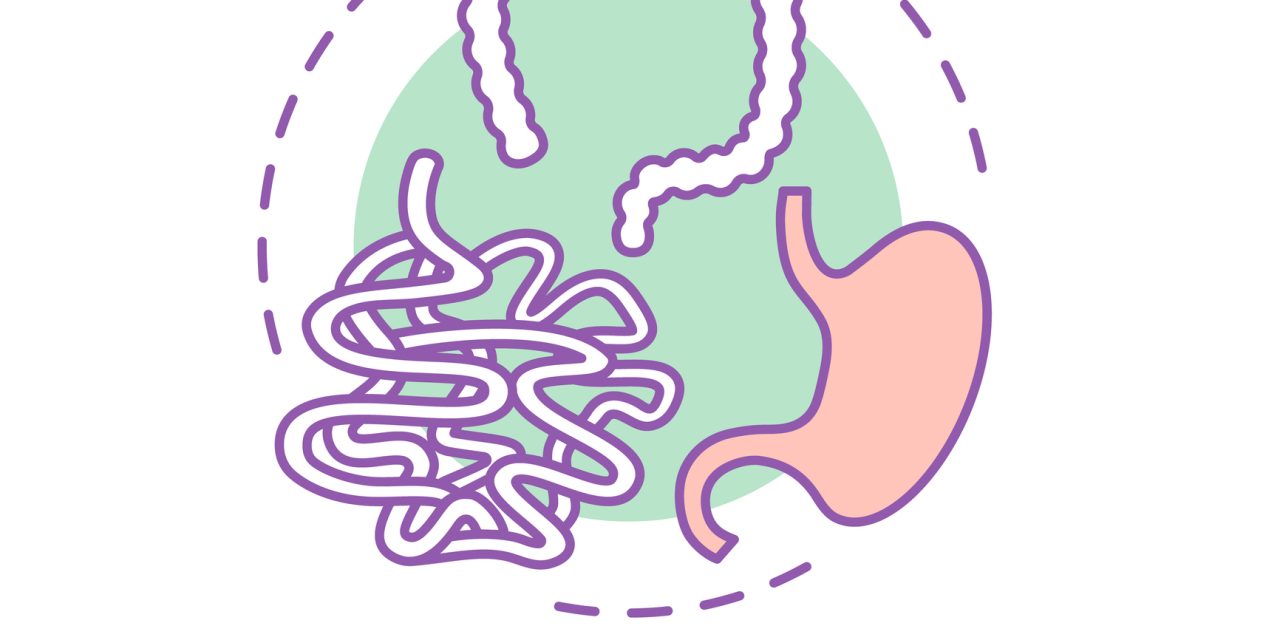Diagnosis of esophageal adenocarcinoma mostly occurs in the context of reflux disease or surveillance of Barrett’s metaplasia. Optimal detection rates are obtained with high definition and virtual or dye chromoendoscopy. Smaller lesions can be treated with endoscopic mucosal resection. Endoscopic submucosal dissection (ESD) is an option for larger lesions. Endoscopic resection is considered curative (i.e., without significant risk of lymph node metastasis) if histopathology confirms en bloc and R0 resection of a well-differentiated (G1/2) tumor without infiltration of lymphatic or blood vessels and the maximal submucosal infiltration depth is 500µm. Ablation of remaining Barrett’s metaplasia is important, to reduce the risk of metachronous cancer. Esophageal squamous cell cancer is associated with different risk factors, and most of the detected lesions are diagnosed during upper gastrointestinal endoscopy for other indications. Virtual high definition and dye chromoendoscopy with Lugol’s solution are used for screening and evaluation. ESD is the preferred resection technique. The criteria for curative resection are similar to Barrett’s cancer, but the maximum infiltration depth must not exceed lamina propria mucosae. Although a submucosal infiltration depth of up to 200 µm carries a substantial risk of lymph node metastasis, ESD combined with adjuvant chemo-radiotherapy gives excellent results. The complication rates of endoscopic resection are low, and the functional outcomes are favorable compared to surgery.
Current Trends in Endoscopic Diagnosis and Treatment of Early Esophageal Cancer.


